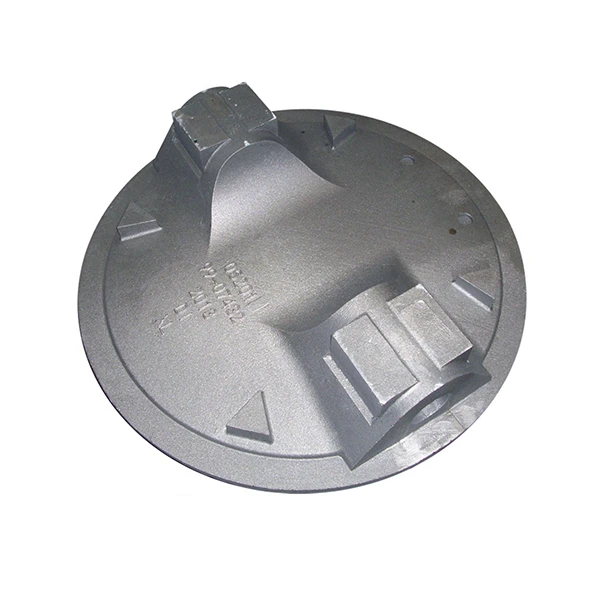Mobile:+86-311-808-126-83
Email:info@ydcastings.com
English
aluminium casting price
The Price of Aluminium Casting An Overview
Aluminium casting is a vital manufacturing process used across various industries, from automotive to aerospace, consumer goods, and beyond. The versatility of aluminium combined with its lightweight properties makes it an ideal material for countless applications. However, one of the critical factors that businesses must consider is the pricing associated with aluminium casting. This article will delve into the factors influencing aluminium casting prices, current market trends, and how businesses can navigate these costs.
Understanding Aluminium Casting
Aluminium casting involves pouring molten aluminium into molds to produce parts or products with specific shapes and sizes. There are several methods of aluminium casting, including sand casting, die casting, and investment casting, each with its own applications and cost structures. The choice of method directly affects the pricing due to differences in material waste, setup time, production volume, and quality control.
Factors Influencing Aluminium Casting Prices
1. Material Costs The price of raw aluminium significantly impacts casting prices. Fluctuations in global aluminium markets can lead to varying costs for manufacturers. Factors affecting raw material prices include mining activity, manufacturing capacity, export tariffs, and market demand.
2. Production Volume Higher production volumes typically lead to lower costs per unit. Economies of scale can be achieved, particularly in die casting, where the upfront costs of creating molds can be amortized over large production runs. Conversely, low-volume or custom parts often incur higher per-unit costs due to setup and production inefficiencies.
3. Complexity of Design The complexity of the component being cast also plays a crucial role in pricing. More intricate designs usually require more expensive molds and longer processing times, driving up costs. Additionally, parts that demand higher tolerances or surface finishes may necessitate further machining or post-processing, increasing the overall price.
aluminium casting price

4. Labor Costs The cost of labor can vary significantly by region. In areas with a higher cost of living, manufacturers may face increased labor costs, which can consequently be passed on to customers. Skilled labour is often required for quality assurance and complex machining operations, further adding to expenses.
5. Technological Advances Investing in advanced casting technologies, such as 3D printing for mold creation or automation in the production process, can lead to higher initial costs. However, these technologies can also lead to more efficiency in production, potentially lowering costs over the long run.
6. Economic Conditions Broad economic trends and conditions can heavily influence aluminium casting prices. During economic expansion, demand for aluminium parts often increases, driving prices up. Conversely, during a recession, demand may drop, leading to more competitive pricing.
Current Market Trends
As of October 2023, aluminium prices have been volatile, partly due to global geopolitical tensions and supply chain disruptions. This volatility has led manufacturers to adapt their pricing strategies accordingly. Companies are exploring alternatives, such as sourcing materials from different suppliers or investing in recycling processes to mitigate raw material costs.
Furthermore, sustainability has become an increasingly important focus. Many manufacturers are turning to recycled aluminium not just to cut costs but also to meet consumer demand for eco-friendly products. Using recycled materials can reduce overall costs and benefit the environment, making it a dual advantage in today’s market.
Conclusion
Navigating the prices of aluminium casting requires a comprehensive understanding of the multiple factors at play. Given the current market conditions and trends, businesses must be agile, responsive to changes in material costs, and innovative in their approach to production. By strategically managing these factors, manufacturers can not only control their costs but also remain competitive in a landscape that is continually evolving. With an eye on sustainability and efficiency, the future of aluminium casting looks promising for both manufacturers and consumers alike.











